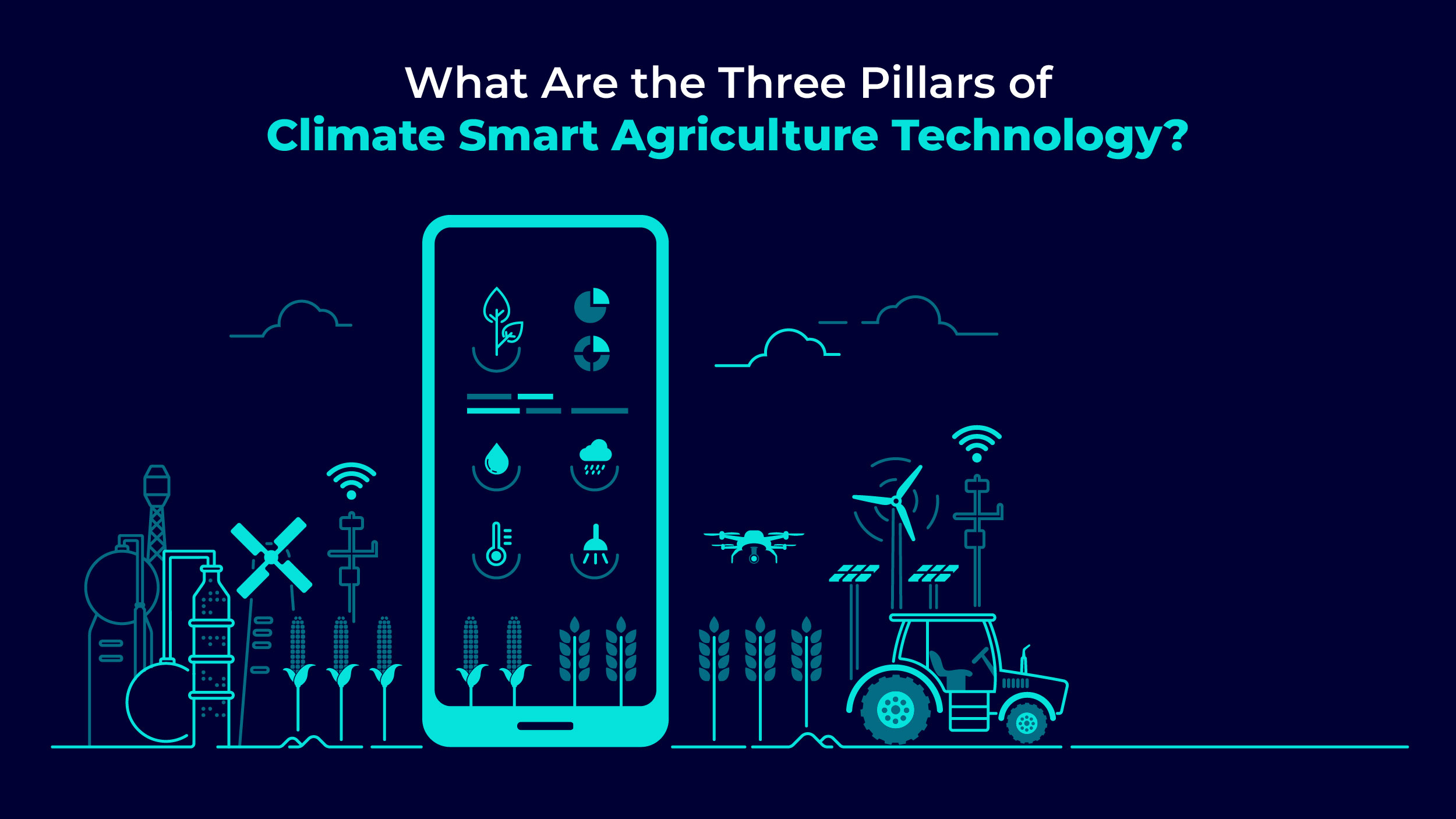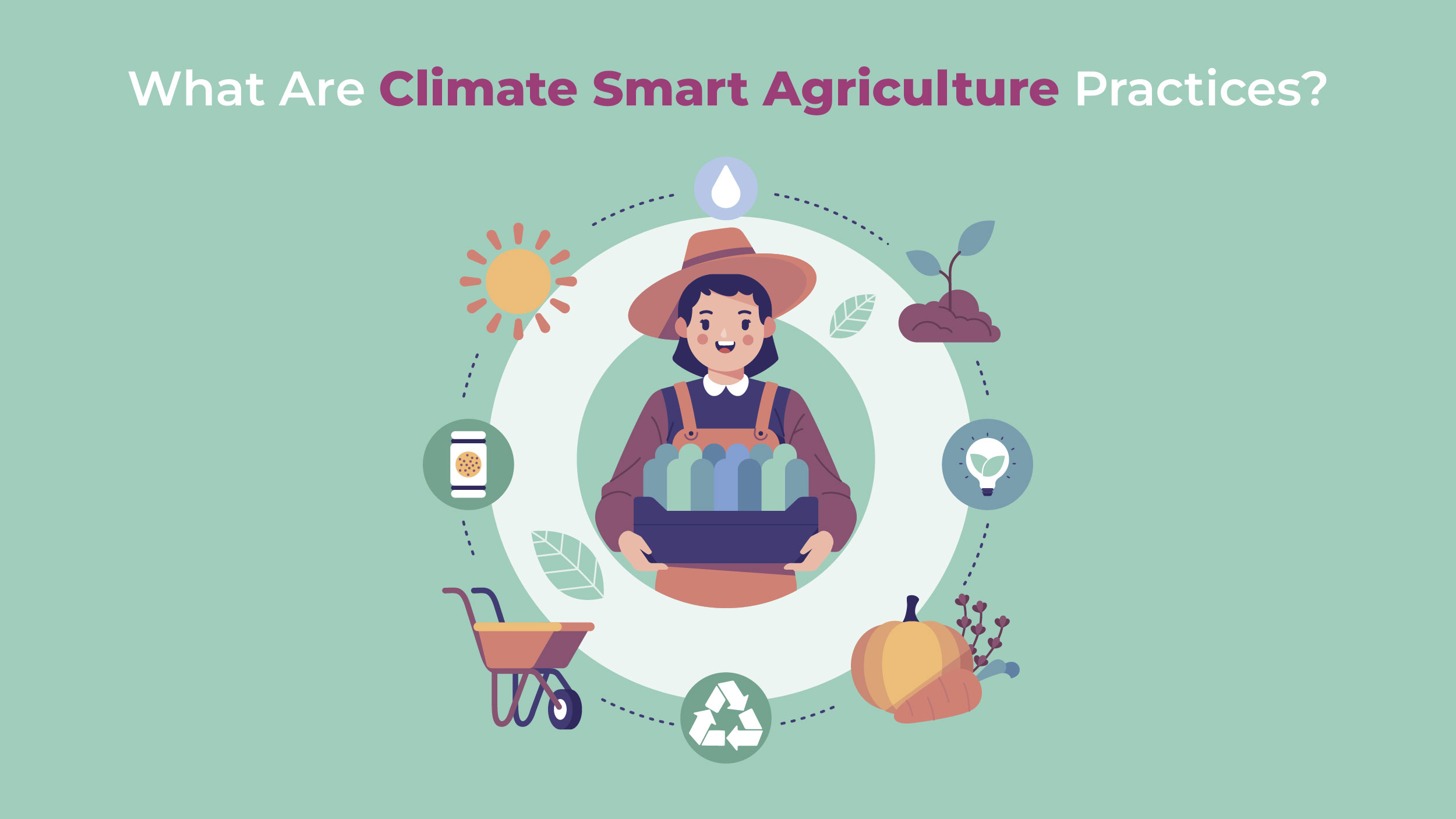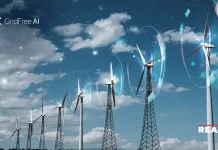Climate Smart Agriculture (CSA) is a notion that stands out as a ray of light in a world that is struggling with the effects of climate change. Imagine a world where agricultural methods not only sustainably feed a growing global population, but also help the planet’s climate change effects are reduced and it can adapt to its changing weather patterns. Climate smart agriculture, where sustainability and innovation converge to pave the way for a more resilient and fruitful agricultural landscape.
The goal of climate smart agriculture is to completely transform the way we grow, manage, and consume food. It is a reaction to the pressing need to safeguard food security, protect natural resources, and advance rural development all while battling climate change. In order to achieve a healthy balance between productivity, environmental stewardship, and resilience, this revolutionary strategy merges cutting-edge technologies, conventional knowledge, and sustainable practices.
Let’s look into how this amazing idea is the key to ensuring that our world and future generations can live in sustainability and prosperity.
What is Climate Smart Agriculture?
The goal of Climate Smart Agriculture (CSA) is to boost the productivity and resilience of land that has been impacted by climate change. For something that has actually been around for a while, it has a new name. But in the vast majority of the nations most adversely impacted by climate change, it is currently proving particularly helpful.
Before we continue, it’s crucial to understand that climate smart agriculture does not combat global warming. However, it offers a solution to many of the tertiary and ancillary issues caused by climatic shocks.
What Are the Three Pillars of Climate Smart Agriculture Technology?

Three key outcomes are what successful climate smart agriculture enterprises seek to accomplish. Although not every climate smart agriculture practice is designed to advance all of these goals, practitioners should nonetheless take them all into account.
1. Increased Productivity
Productivity growth is the first pillar of climate smart agriculture technology. Instead of just producing more food, farmers strive to create better food that will improve nutrition, food security, and farm profits. This is crucial for the 75% of people who live in poverty around the world who reside in rural regions and often depend on agriculture for a living. Although increasing production does not always equate to greater food security, it can play a significant role in ensuring that there is enough food available for entire communities.
2. Enhanced Resilience
Additionally, climate smart agriculture aims to increase agricultural resilience, encourage adaptation, and ultimately lessen sensitivity to threats related to the climate, such as pests and drought. Additionally, growers aim to increase their ability to continue producing despite long-term climate stressors including unpredictable weather and shifting seasonal temperatures.
3. Reduced Emissions
Reducing emissions is the third pillar of climate smart agriculture technology. There are many ways that farms can lessen their impact on the environment, including minimizing the amount of methane produced by ruminants like cows and lambs and maintaining healthy soil and forests. Farmers can manage manure better, which is another source of methane emissions.
What Are Climate Smart Agriculture Practices?

No specific farming method or practice is advocated by climate smart agriculture. Given an evaluation of climate risks and impacts, it aids communities and farmers in selecting the optimal practices for their location. However, there are some climate smart agriculture practices that are expected to be used regularly including:
1. Crop Management
Crop management methods are optimized in climate smart agriculture operations to cut emissions and accommodate climate change. Cocoa crop trimming is one such. Pruning is a crucial part of cocoa cultivation, but it must change as the environment does.
For instance, to encourage stronger plants with quicker recovery, cocoa crops should be pruned more regularly during periods of heavy rainfall. Less pruning is also advised during dry spells to prevent overexposure of the plant’s main branches and trunks to sunlight. Different harvesting techniques are also necessary because of heavy rains and high wetness or humidity, which can be the result of a changing environment.
2. Soil Management
Any agricultural activity needs soil to function. Farm resilience is increased through climate smart agriculture practices that support preserving and enhancing soil quality.
When managing soils, one option is to grow ground cover as opposed to leaving the soil exposed. This will assist the soil retain moisture during dry spells and prevent erosion, which will keep the soil in place during heavy rains.
Numerous proponents of regenerative agriculture argue that agricultural soils may absorb carbon and lower emissions, although the evidence for this claim is lacking. The United States has prioritized these practices over other climate solutions including dietary change despite the evidentiary gaps.
3. Water Conservation
Currently, 70% of the freshwater available on Earth is used for agriculture. As water scarcity and droughts spread across the world, this is becoming increasingly dangerous.
Harvesting rainwater is one strategy used by climate smart agriculture to prevent and prepare for water shortages in the future. Building ponds and lining them with bamboo is a successful way for communities to conserve rainwater. Simpler methods, such as setting up barrels outside to catch rainwater, can also be used to achieve this goal. Slow-drip irrigation is another method for conserving water, particularly for dry soils that can’t absorb a lot of water at once.
What is an Example of Smart Agriculture?
The ultimate goal of smart agriculture technology is to boost crop quality and yield while utilizing labor more efficiently.
Here are some examples of technologies utilized in smart agriculture:
- Climate management and control in greenhouses
- Precision irrigation and precise plant nutrition
- Software platforms
- Sensors – for the water, soil, light, and moisture, for temperature management
- Location systems – GPS, satellite, and others
- Robots
- Communication systems – based on a mobile connection, LoraWan, and others
- Analytics and optimization platforms
Final Thoughts
Despite the overwhelming obstacles we confront, Climate Smart Agriculture provides some rays of light. We have the ability to build a robust and effective agricultural system that can survive the effects of climate change while ensuring food security for everyone by blending cutting-edge technologies, conventional wisdom, and sustainable practices.
The journey, however, does not finish here. Each of us has a responsibility to advance the cause of climate smart agriculture as consumers, farmers, legislators, and global citizens. Investing in the study and development of climate-resilient crops, promoting sustainable farming methods, and fostering an environment that is conducive to the success of small-scale farmers are all important.




